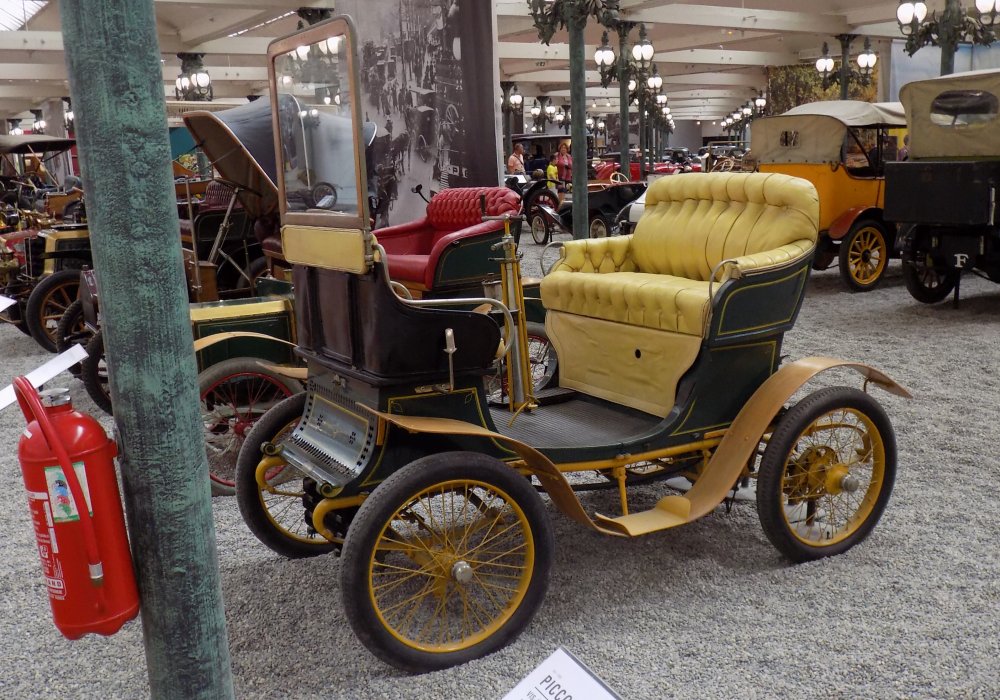Description
The De Dion-Bouton Type G 4.5 CV was introduced in 1901 as part of the company’s continued efforts to refine and expand its early automobile lineup. At a time when motor vehicles were still closely tied to carriage design, the Type G offered a more advanced and capable alternative, reflecting De Dion-Bouton’s reputation as a leader in automotive engineering at the dawn of the 20th century.
This model was powered by a single-cylinder, air-cooled engine mounted at the rear of the car. The engine had a displacement of approximately 499 cc and produced around 4.5 cheval vapeur (CV), which equates to about 4.4 horsepower. De Dion-Bouton engines were renowned for their precision, high-revving capability, and smooth performance. The engine in the Type G featured mechanically operated valves, a notable improvement over the earlier atmospheric inlet designs still used by some competitors.
Power was transmitted to the rear wheels through a two-speed gearbox with chain final drive. This simple transmission setup was typical of the period but offered adequate flexibility for varied driving conditions. The car had a top speed of around 35 to 40 km/h (roughly 22 to 25 mph), which was respectable for a light motor vehicle at the time.
The Type G retained many of the stylistic elements of earlier De Dion-Bouton models, including large spoked wheels, tiller steering, and an open carriage-style body. It was often configured with a vis-à-vis seating arrangement, in which the driver sat at the rear facing forward and passengers sat in front, facing backward. This layout, though becoming outdated, was still popular in early 1900s France for its sociable nature and traditional look.
The chassis was constructed using tubular steel and incorporated leaf spring suspension for both front and rear axles. The braking system was rudimentary, typically involving a mechanical brake acting on the transmission or rear wheels. The ride was firm but manageable, especially considering the road conditions of the time.
In terms of design and finish, the Type G was typically equipped with polished brass fittings, leather upholstery, and wooden trim. The bodywork was light and elegant, reflecting the luxurious expectations of early motor car buyers. It appealed primarily to the wealthy elite, who viewed automobiles as both novelties and status symbols.
The De Dion-Bouton Type G 4.5 CV played an important role in the company’s success during the veteran motoring era. It combined mechanical sophistication with aesthetic charm, and its engine design influenced a generation of early motorcars. Today, the Type G is a rare and treasured example of pre-1905 automotive history, often seen in veteran car events and museum collections that celebrate the earliest days of the motor car.
